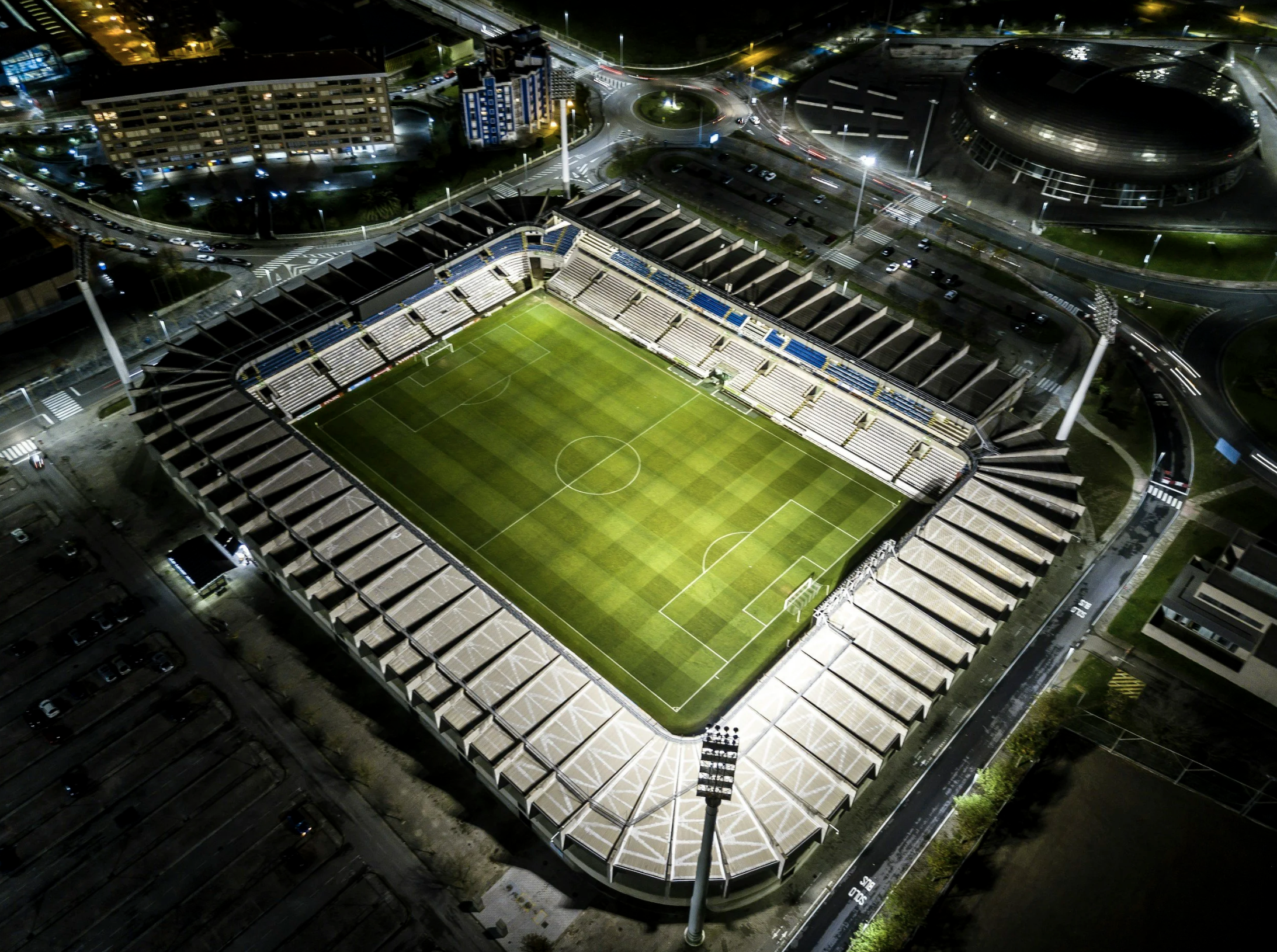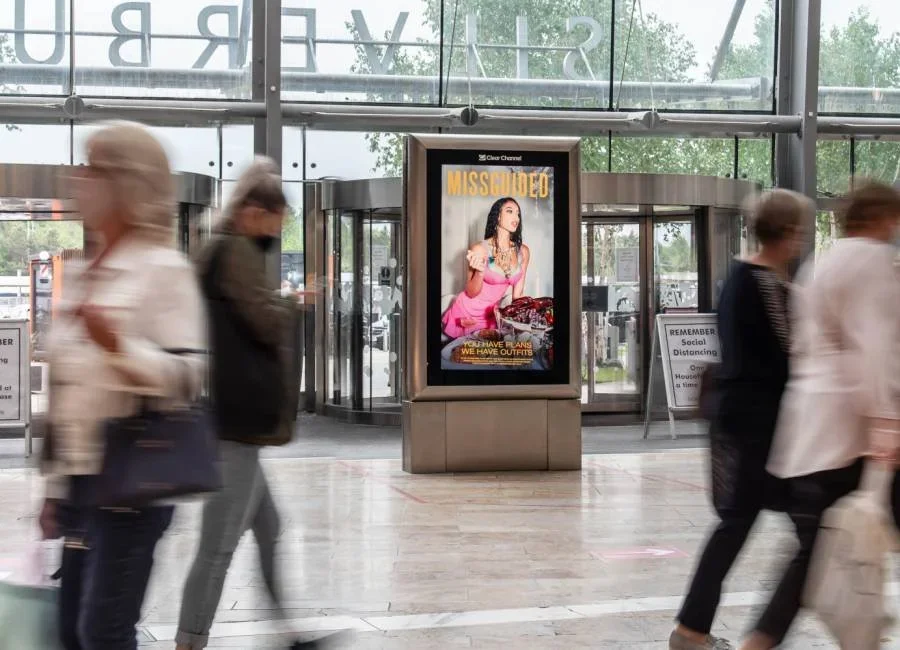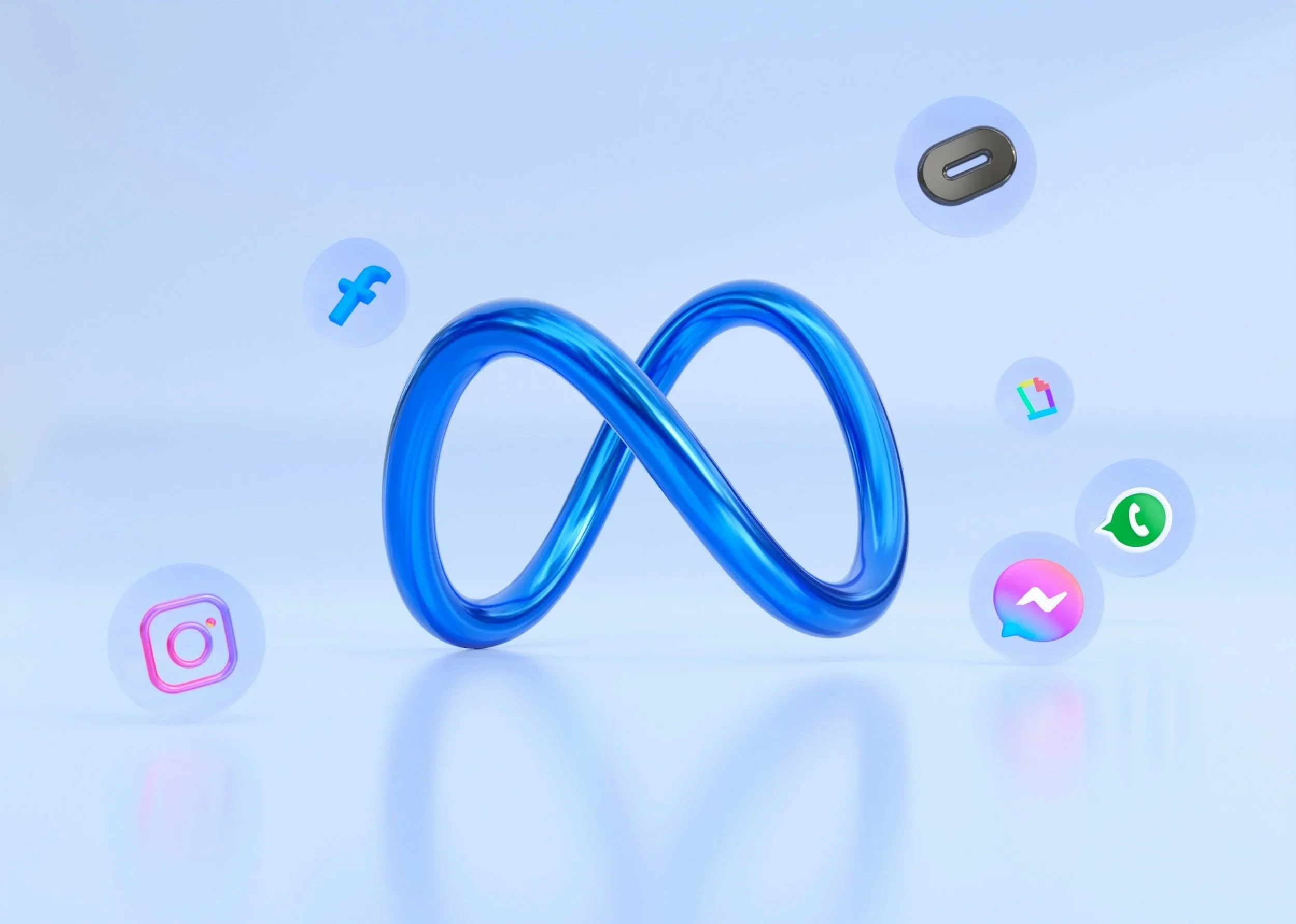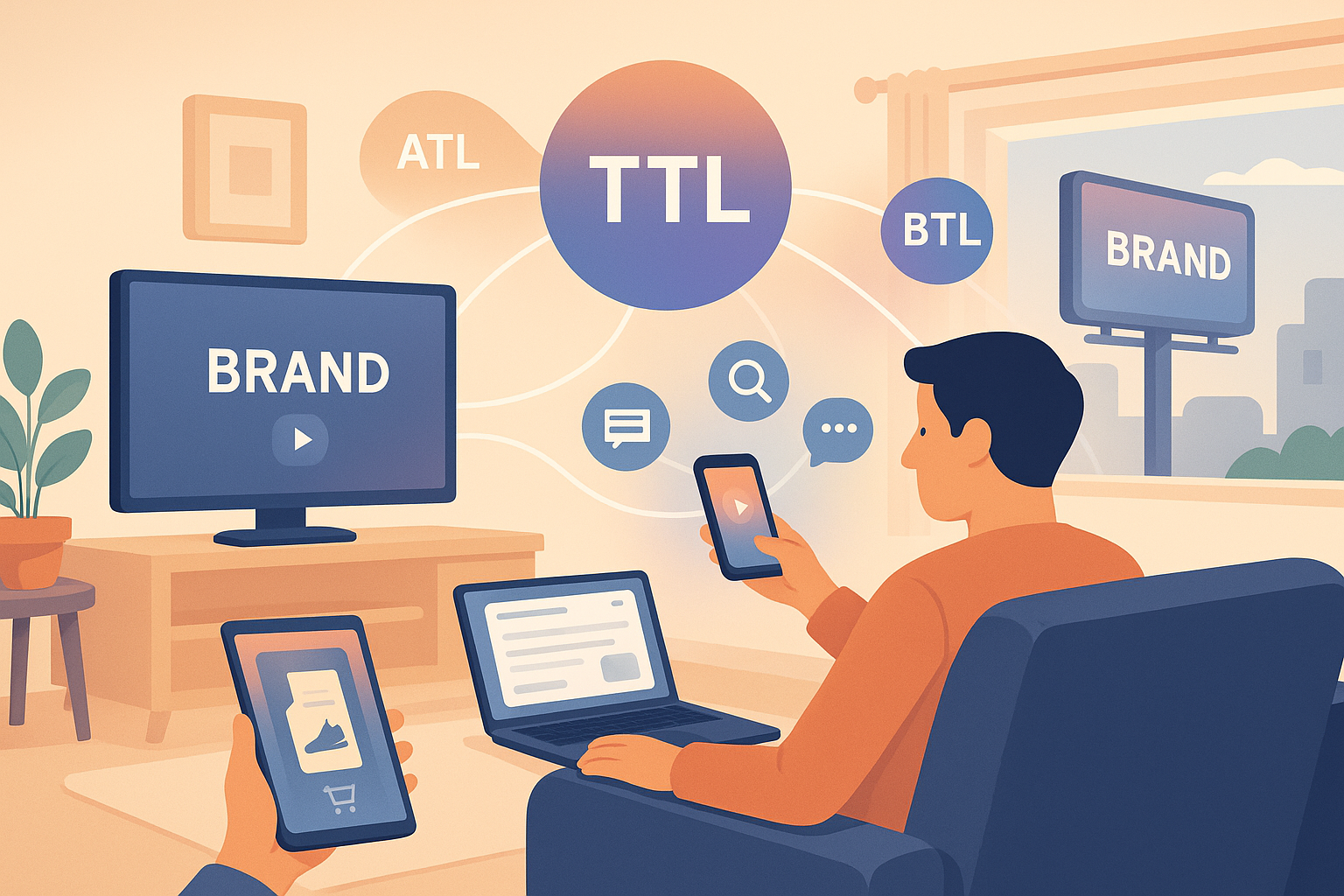What Is Experiential Marketing?
Ad Bikes enabled UNiDAYS to take their message directly to the student/Gen-Z audience i.e. outside University buildings, combined with experienced ambassadors helps to engage the audience.
Key Takeaways
Experiential marketing creates real human connections – it transforms brands from being seen into being felt, delivering sensory, emotional, and memorable experiences that digital ads alone cannot replicate.
The impact is measurable when tracked smartly – by focusing on depth (time and emotion), behaviour (actions taken), and reach (digital amplification), brands can prove ROI beyond impressions.
Success lies in audience-first design and amplification – campaigns should start with audience needs, be designed to drive sharing, and be supported with digital media to extend impact well beyond the activation itself.
Why Experiential Marketing Still Matters
In a world overrun by programmatic banners, endless email flows, and fast-paced social media feeds, brands are fighting harder than ever to grab attention. But while digital can get you eyeballs, it doesn’t always get you hearts. That’s where experiential marketing comes in.
Experiential marketing is a powerful tool for creating real-life connections in an increasingly virtual world. It takes your brand off the screen and into the real lives of your audience—literally. From pop-up shops to VR installations, it's a strategy built on tangible memories and emotion-driven interaction.
And in the current climate, where consumers are more sceptical of traditional advertising and craving meaningful experiences, experiential marketing doesn’t just work—it thrives.
What is Experiential Marketing?
At its core, experiential marketing (also known as engagement marketing or event marketing) is a strategy that directly engages consumers by inviting them to participate in a brand experience. It’s not about talking at consumers—it’s about creating something they live through.
Think of:
A surprise pop-up by a chocolate brand that lets people customise their own bar.
A headphone company hosting immersive silent disco parties across campuses.
An airline recreating airplane interiors in a city centre to let people “fly” to exotic destinations.
These are moments that aren’t just consumed—they’re remembered, shared, talked about, and felt.
Why Is Experiential Marketing Still Relevant?
Despite the rise of AI-driven targeting and digital-first campaigns, the demand for human, face-to-face interaction has grown. In fact, after the pandemic, 77% of marketers agree that in-person experiences are critical to brand success (Event Marketer, 2023). Why?
Because people trust people. And a real-world moment can build more trust than 1,000 impressions on a screen.
As Klaudia, our Out-of-Home (OOH) specialist at One Day Agency, puts it:
“You can’t replicate human interaction in a banner ad. Experiential marketing gives people something to talk about—something to feel. In a world where attention is currency, real-world experiences offer value you can’t scroll past.”
The Benefits of Experiential Marketing
1. Sensory Engagement
Unlike traditional ads that rely on sight and sound, experiential marketing activates all five senses—touch, taste, smell, sound, and sight. That multisensory involvement drives higher retention and emotional connection.
2. Stronger Brand Recall
People remember experiences. According to the EventTrack 2022 report, 91% of consumers who participated in brand experiences had more positive feelings about the brand afterward, and 85% were more likely to purchase.
3. User-Generated Content & Shareability
When an experience is unique or visually exciting, consumers are far more likely to share it on social media. With the right hashtags and branding, your audience becomes your best distribution channel.
4. In-the-Moment Feedback
Live activations allow brands to receive instant feedback from participants—what they liked, what worked, what didn’t. It’s a goldmine for customer insight.
5. Direct Sales Impact
Whether you’re offering exclusive discounts, free samples, or trials, experiential marketing can drive immediate conversions. Add a digital component—like QR codes that lead to landing pages—and you’re blending top-of-funnel activity with bottom-of-funnel performance.
What Does Experiential Marketing Look Like in Action?
Here are a few standout activations that show the flexibility and creativity of the format:
Nike's House of Innovation
Nike’s flagship stores in major cities like Paris and NYC are not just shops—they’re branded experiences. You can test shoes on an indoor track, use AR mirrors to try on clothes, and design your own custom sneakers on-site. Every touchpoint is designed to deepen connection and keep people in-store longer.
IKEA's Sleepover Experience
IKEA invited fans to sleep over in their showrooms with pillow forts, bedtime snacks, and even sleep consultations. The result? Over 100M earned impressions and massive PR traction for turning retail into something whimsical and human.
Red Bull's Flugtag
Red Bull asks everyday people to design flying machines and launch them off a pier. It’s chaotic, hilarious, and deeply on-brand. It taps into creativity, adrenaline, and community—all brand pillars.
Bumble’s Empowerment Tour
Bumble, the dating app, hosted safe spaces for women to network, build confidence, and attend personal development workshops. The brand positioned itself as more than a dating app—one that champions women's voices.
How to Measure the ROI of Experiential Marketing
Let’s address the elephant in the room: Is experiential marketing measurable?
Short answer—yes. And it must be.
Whitepaper’s global study of 375 marketers found that 41% of non-users cited the inability to measure ROI as a reason for not running experiential campaigns. But avoiding experiential because of measurement is like avoiding social media because you don’t know how to use hashtags.
You just need the right framework. Here’s a 3-part formula:
1. Depth – Emotional Engagement & Time Spent
One of the clearest indicators of success is how much time people spend interacting with your activation—and how it made them feel. You can track this with:
Dwell time (average minutes spent)
Engaged minutes (total time × total visitors)
Net Promoter Score (NPS)
Post-activation surveys or sentiment scoring
🟡 Example: At Visa’s interactive pitch at the FIFA World Cup, fans spent an average of 60 minutes playing football and exploring the space. With 120,000 participants, this added up to over 7.9 million engaged minutes—equivalent to £3.7M in media value.
2. Behaviour – Action Taken
This focuses on what people do during and after the experience:
Did they scan the QR code?
Did they enter their email?
Did they redeem the voucher?
Did they buy the product?
Every touchpoint should have a trackable CTA—whether it’s digital redemptions, app downloads, or using NFC wristbands to collect leads in real time.
3. Reach – Amplification Across Channels
The impact doesn’t stop when the activation ends. In fact, that’s when the digital trail begins:
UGC posts using branded hashtags
Stories and mentions across social
Influencer & creator engagement
Earned media pickup
Google search volume lift
Use tools like:
Brandwatch or Sprinklr (social listening)
Meltwater (media monitoring)
Bitly or QR tracking (link clicks)
All of these can help you paint a full ROI picture that includes reach, sentiment, conversions, and value.
Tips for Building a Successful Experiential Campaign
Start with Your Audience, Not Your Idea Make sure you’re solving a pain point or tapping into a passion of your audience—not just building something “cool.” Empathy-first design is essential.
Make It ‘Instagrammable’ by Design Give people a reason to pull out their phones. Bright visuals, interactivity, humour, and novelty help drive shares.
Pair it with a Paid Campaign Experiential works best when part of a wider media plan. Support it with social ads, OOH, or influencer seeding to amplify awareness before, during, and after the event.
Capture Content On-site Always have a photographer or videographer present. Create reels, TikToks, and behind-the-scenes footage that extend the life of the event online.
Offer Value or Incentives Give something away—whether it’s a trial, sample, discount code, or meaningful experience. People should walk away with more than just a memory.
Environments for Experiential
You don’t need a giant stadium to run an experiential campaign. In fact, we’ve seen brilliant activations in:
University campuses
Underground stations
Co-working spaces
Supermarkets and malls
Office buildings
Parks and high streets
Residential complexes
Think about where your audience naturally congregates—and meet them there with something unexpected.
Final Thoughts
In today’s digital-first ecosystem, experiential marketing stands out by offering what digital often lacks: human connection. It’s memorable, measurable, and incredibly powerful when executed correctly.
When your brand creates a moment that lives in someone’s mind—and their camera roll—you’ve already won half the battle. When that moment is tracked, shared, and tied to tangible actions, you’ve won the whole thing.
If you’re considering an activation, think beyond the booth or the freebie. Build a story. Create something emotional. And above all—make it worth remembering.
To learn more about Experiential Marketing, get in contact today.












